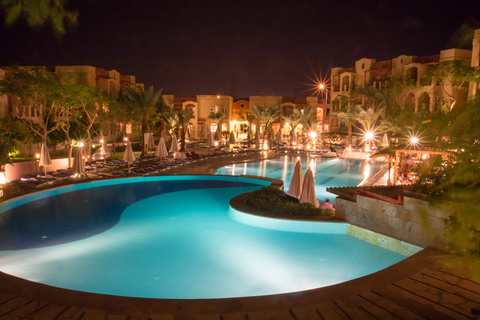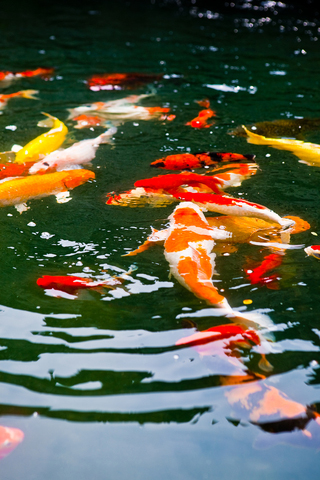maintenance
It's a fact: Those who own and operate commercial aquatic facilities spend a lot of time trying to find ways to keep costs under control. From elaborate hotel pools to huge waterparks, it's all about finding money to reinvest in new programs and features - or a simple matter of keeping the doors open. In a recent article, I wrote about how the increasing use of
ControlOMatic (Grass Valley, CA) now offers the MiniWarden, a pH/ORP controller. Designed for low-cost efficiency,…
This is the third and final article in a series on auto-fill systems for ponds and watergardens. Although relative cost is certainly a key factor in the selection and installation of an auto-fill system for a pond or watergarden, there are practicalities that come into play in the decision – not the least of which will have to do with how the device is to be mounted. Float valves, for example, come in a variety of forms – some with large float bulbs attached to pivoting arms (as with common toilet valves). Not only are these devices fairly unsightly, but they also operate in a horizontal plane and need
In the past year, I’ve written Travelogues for WaterShapes EXTRA about the reflecting pool on the Capitol Mall in Washington, D.C., and the fountain at Point State Park in Pittsburgh. In researching these watershapes and looking for suitable video links after selecting them for coverage and starting to write about them, I learned that both had been closed for renovation as I was pulling things together. Apologies for the timing – although I’m reasonably confident
Natare (Indianapolis, IN) has introduced the MicroFlo Vacuum Sand Filter for pools, waterfeatures and…
When my family started in the pool and spa service business some 25 years ago, it didn’t take us long to recognize that there was very little available to us by way of education about water chemistry – or, for that matter, about most of the other skills involved in maintaining pools, spas and other waterfeatures. That didn’t make much sense to us, even then. After all, how could an industry devoted to the health, safety and comfort of millions of people function without addressing the need for standardized approaches to water maintenance or
With water-in-transit effects becoming more and more popular, increasing numbers of watershapers find themselves in need of external tanks to give these systems the surge capacity they need to function at peak efficiency. Here, Paolo Benedetti discusses his preferences when it comes to setting up his surge tanks – and defines a number of issues designers and builders should consider in making them both reliable and serviceable. As a rule, the surge tanks used in
I’m always surprised when I run into clients or prospects who don’t appreciate or fully accept the fact that landscape-lighting systems require routine maintenance. These are people who easily recognize the need for upkeep when it comes to their swimming pools or landscapes, but this perception simply doesn’t extend to the lighting systems that frequently go along with them. I suspect this is so because dealing with lighting inside a home is so simple – basically just a matter of changing burned out bulbs as the need arises. Some also believe that landscape light bulbs should and will last forever, which is
In 2002, only 15 percent of new pools were installed with saltwater chlorine generators. Today, the percentage is much higher, with some industry analysts saying that upwards of two-thirds of all new pools are being built with chlorine generators. Those exact figures may be debatable, but the fact remains that there are now an estimated 1.3 million saltwater pools in the United States. The reasons behind the boom are several, but consumers most consistently say they enjoy the soft, soothing feel of saltwater. They also appreciate the fact that it’s easier on their eyes, nose and skin compared with traditionally sanitized pools – and that they don’t have to store and handle hazardous chemicals, making maintenance both easier and more convenient. For all of the well-deserved popularity of this technology, pool designers and builders need to know





















